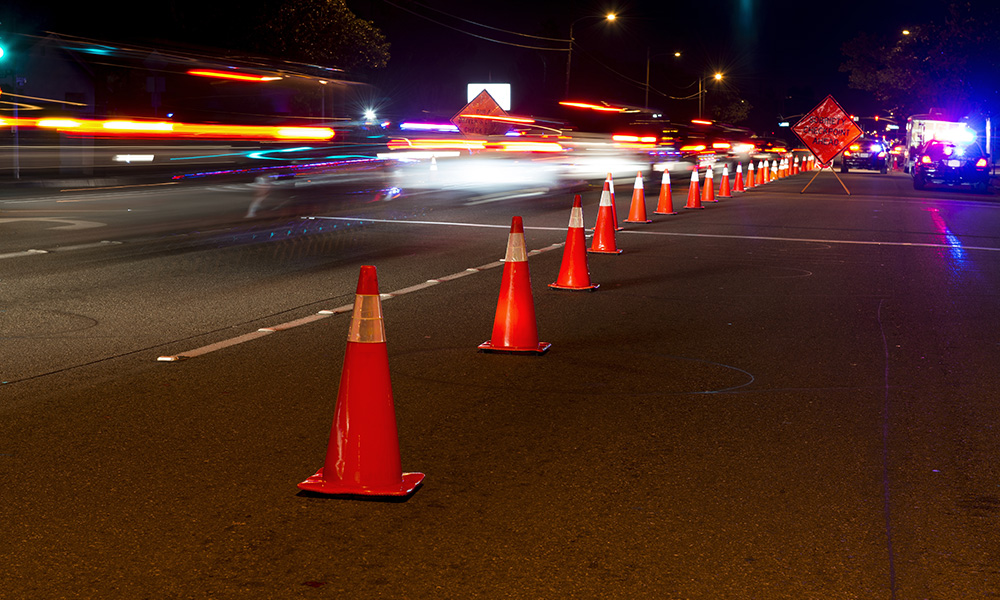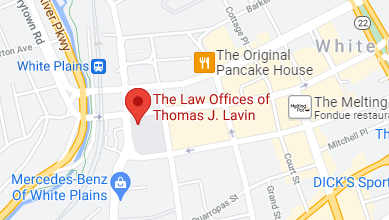It’s the box-office blockbuster that was released by Columbia Pictures at the very end of 2015. Concussion stars Will Smith as Dr. Bennet Omalu, the real-life, Nigerian-born pathologist whose work on chronic traumatic encephalopathy (CTE), the progressive brain disease often suffered by pro football players, was suppressed by the National Football League. But the true story behind the film actually begins in 2002 with the unexpected death of Mike Webster, a starting center with the Pittsburgh Steelers throughout that team’s run of Super Bowl victories back in the 1970s. Dr. Omalu conducted the autopsy. At that time, he was a Pennsylvania forensic pathologist working for the Allegheny County coroner’s office. Mike Webster died abruptly and with no warning, but he died after years of dealing with clinical depression, addiction, and several suicide attempts.
The doctor determined that Mike Webster had been struggling with dementia pugilistica, a severe medical condition caused by frequent blows to the head. It’s the condition that’s common to professional boxers, for example. Dr. Omalu found quantities of tau protein in the brain that would have adversely affected Webster’s moods, emotions, and even his balance. Dr. Omalu began researching the cases of chronic traumatic encephalopathy suffered by retired football players, but the NFL downplayed his research and the extent of the CTE problem among retired players. When former Steelers offensive lineman Terry Long committed suicide in 2005, Dr. Omalu reported that the tau protein quantities in Long’s brain tissues made it look like “a 90-year-old brain with advanced Alzheimer’s.”
In 2009, the NFL finally officially admitted that there’s a link between the concussions that football players suffer on the field and the many incidences of CTE among retired players. In 2011, seven retired NFL players, including Chicago Bears Super Bowl quarterback Jim McMahon, filed a lawsuit against the NFL, launching an avalanche of lawsuits by retired players who had sustained concussions regularly throughout the course of their football careers. When former Atlanta Falcon Ray Easterling killed himself in 2012, his autopsy discovered tau protein concentrations indicative of CTE. Only a month later, the beloved ex-San Diego Charger, Junior Seau, also committed suicide, and CTE was indicated in his autopsy as well.
Over three thousand retired players were suing the National Football League by August 2012, and by April 2013, the number had passed 4,500. That same month in Philadelphia, the NFL moved in federal court to have all of the claims dismissed. That move backfired. Instead, a judge ordered the two sides to negotiate a settlement. As a result of that settlement, the National Football League will spend more than $700 million for medical care for over 18,000 ex-players. An additional $10 million will be set aside for brain injury research and education.
WHAT ABOUT THE REST OF US?
The settlement between the retired football players and the National Football League will enable many who need brain injury treatment to obtain it, but the settlement also raises some genuine concerns for the rest of us, and the release of Concussion has again put those concerns before the general public. If the most technologically advanced football helmets can’t keep the world’s ablest athletes safe from head and brain injuries, what about the dangers to motorcyclists and bicyclists wearing commercially-purchased helmets? And if a brain injury can happen on the field with no damage to the victim’s football helmet, could motorists and their passengers also be injured without any vehicular damage? Sadly, the research tells us that the answer is yes.
A concussion cannot be ignored. It’s a brain injury caused by a blow, a bump, or a jolt to the head. Serious, traumatic brain injuries and other kinds of injuries are frequently sustained in low-speed traffic collisions, and what we’re learning is raising some concerns. In low-speed crashes, there may no visible damage to the vehicles, but the injuries may still be quite serious. At lower speeds, more of the impact’s force transfers to the driver and passengers, because vehicles absorb very little impact force at speeds under twenty miles per hour. Low-speed traffic accidents can result in whiplash, soft tissue damage, spinal cord injuries, and traumatic brain injuries.
HOW MANY ARE INJURED?
According to the Centers for Disease Control and Prevention, an estimated 1.7 million people sustain a traumatic brain injury every year in the United States. 52,000 of those injuries are fatal. 275,000 victims are hospitalized. Over a million are treated for possible brain injuries in emergency rooms every year in the U.S. If you are in what appears as a minor vehicle collision with no obvious injuries, protect yourself and see a doctor anyway. The injuries typically sustained in low-impact crashes are exactly the types of injuries that are at first easily ignored or even undetectable. Honestly, the symptoms of a brain injury can be hard to spot – when there are symptoms. Later, however, such injuries can emerge as serious medical problems. A jolt to the head may suddenly cause sensitive brain tissue to slam up against solid skull bones, leading to swelling or even internal bleeding that may not at first be apparent. Whiplash and back injuries sometimes take days or even weeks just to be detected.
If you are involved in a vehicle collision and your vehicle sustains little or no damage, but you nevertheless are injured, an insurance company may reject your claim or offer you far less than your claim’s actual worth. Automobiles, trucks, buses, and SUVs are engineered to absorb the force of low-speed impacts; you, however, are not. Obtain medical attention immediately after any vehicle collision – whether or not you think you’ve been injured. That protects you both medically and legally if you later need to file a personal injury claim. If you subsequently experience any of the symptoms of brain injury, have another examination conducted. The symptoms of a brain injury include:
- nausea, dizziness, headaches, and vomiting
- dizziness and problems with motor skills
- memory, concentration, and balance problems
- low energy and fatigue
- emotional anxiety, depression, disorientation, and feelings of helplessness
If a brain injury or any other injury develops over a period of days or weeks, you must be able to prove that you were injured. Obtain medical treatment immediately after any vehicle collision and again if symptoms emerge days or weeks later. If you know that you are injured, speak at once with a good personal injury lawyer, and in the New York City area, contact an experienced Bronx personal injury attorney without delay.
HOW SERIOUS ARE CONCUSSIONS?
The journal of the American Academy of Neurology, simply titled Neurology, recently published data demonstrating that even a mild concussion damages the brain in a way that is still visible on brain scans months later. At the University of New Mexico School of Medicine, a research team led by Dr. Andrew R. Mayer studied fifty individuals who suffered mild concussions. The participants were subjected to brain scans and tested for thinking skills, anxiety, memory, and depression two weeks after their concussion and again four months later. These concussion victims still exhibited irregularities in the frontal cortex four months after a concussion occurred. If you have sustained even a mild concussion at any time in the past, you must be extraordinarily careful to avoid any blow, jolt, or impact to the head. A re-injured brain can be far more serious than a first mild concussion.
If you are injured by someone else’s negligence in the state of New York, the law entitles you to complete compensation for all of your medical treatment, income lost from work, and all additional injury-related costs and damages. In some states and cases, victims may be able to receive pain and suffering damages as well. A good personal injury attorney can evaluate the facts in your own case and discuss your rights and legal alternatives – including a potential personal injury lawsuit.
HOW CAN A PERSONAL INJURY ATTORNEY HELP?
In any and every personal injury case, proving the defendant’s negligence is the key to prevailing. An injury victim must offer evidence that his or her injury or injuries happened because of the defendant’s negligence. With an attorney’s help, the victim must demonstrate – with medical evidence, a doctor’s testimony, or both – that the injury or injuries actually occurred and that negligence was the direct reason for the injury or injuries. Catastrophic and disabling injuries require the maximum available reimbursement and a personal injury lawyer who knows how to win that reimbursement for you.
If you have been injured and you are entitled to compensation after a vehicle collision – even if the vehicle itself sustained little damage – do not listen to, speak to, or deal with an insurance company. Let your personal injury attorney handle every aspect of the negotiation and settlement. Most personal injury lawyers are trained, seasoned negotiators who will fight relentlessly and tenaciously for the reimbursement – and the justice – you need. A good personal injury lawyer can work with medical specialists, accident reconstruction experts, and others to gather and present evidence on your behalf. You probably will not even have to appear in court, as most personal injury claims are settled outside of the courtroom. In the five boroughs and adjacent jurisdictions, if you are injured in a vehicle collision, get medical attention immediately, and then take your case to an experienced Bronx personal injury attorney – as quickly as possible.










